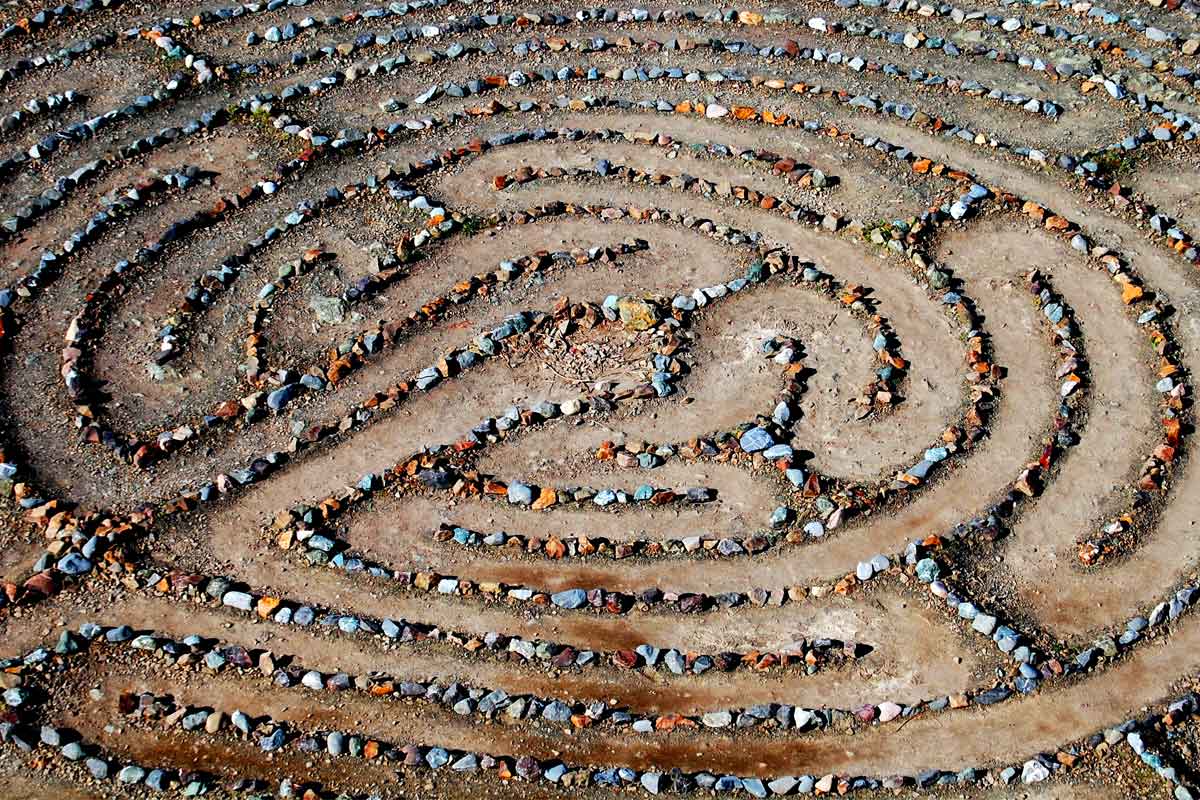Does it ever feel like we’ve been here before? Probably anyone reading this (Hi Mom!) would immediately say, “No.” This time we’re living in is strange, full of uncertainty and even fear. But this time is not without precedent. I’m sure you’ve read by now or heard others make the point that the early Church began under circumstances not unlike ours. Sure, there was no pandemic, but there weren’t people congregating in large buildings to worship the Triune God and proclaim the Good News of Christ, the one who died, who is risen, and will come again either. As those that heard Presiding Bishop Michael Curry say in his Easter sermon, that first Easter didn’t feel like Easter either.
We have been here before. When I was first introduced to the Episcopal Church one of the elements of the liturgy that drew me in was the concept of time. We mark time in our worship through various ways, but the most obvious is through the collect and assigned readings for the day. On the Second Sunday of Easter, for example, we will join with other Episcopalians and Christians across the world using the Revised Common Lectionary to inform our observance and celebration; it is the same every Sunday (with exceptions of course). But another way we are tied together across time is through our rituals themselves. Many of the rituals we have in our worship came to us through the ritual practices of the early Church and in this way we are connected to our forebears, all those that have gone before us and, God willing, those that will come after us.
The Church has been faced with obstacles to overcome (a fair share of them being the Church’s own doing, but that’s for another day). Lauren Winner wrote a piece in the Washington Post that can be found here describing churches in 20th century North America facing various pandemics and outbreaks. There was the Black Death in the 14th century across Europe; wars have closed churches in this nation and abroad, we have been here before.
Over the next several weeks this blog will be posting pieces from two of St. Paul’s parishioners, Cleve Callison and Ellen Weig, about times the church has been faced with pandemics and how it responded and even changed because of the situations it was confronted with. These historical glimpses into the past are meant to remind us that the situation we are in is not without precedent and that our faith in generations past has seen us through such times. We do after all believe in a God that is always making life out of death and this season of Easter we find ourselves in we are again confronted with the reality of an empty tomb and all the hope and promise that entails. I want to thank Ellen and Cleve for their work and passions for history. I hope you enjoy reading their pieces over the next several weeks.

